Reality TV has always loved a ridiculous premise. It feeds on discomfort, spectacle, and personalities who can turn chaos into content. But when the spectacle becomes a pedicure performed with mud, leaves, and a suspiciously spiritual frog, something more interesting happens. This is not just another Reality TV stunt; it is a concentrated study in identity, marketing, and the strange economics of being too glam for the wilderness.
Setting the Scene: When Glam Meets the Great Outdoors
Imagine four influencer queens dropped into a wilderness version of a beauty salon where the tools are mud, foliage, and whatever critters happen to be nearby. They are told to perform a pedicure. No polish remover, no files, no salon-grade scrubbers. Just nature and nerves. That premise is classic Reality TV: forcing people outside their comfort zone and watching brand personas crack, pivot, or combust under pressure.
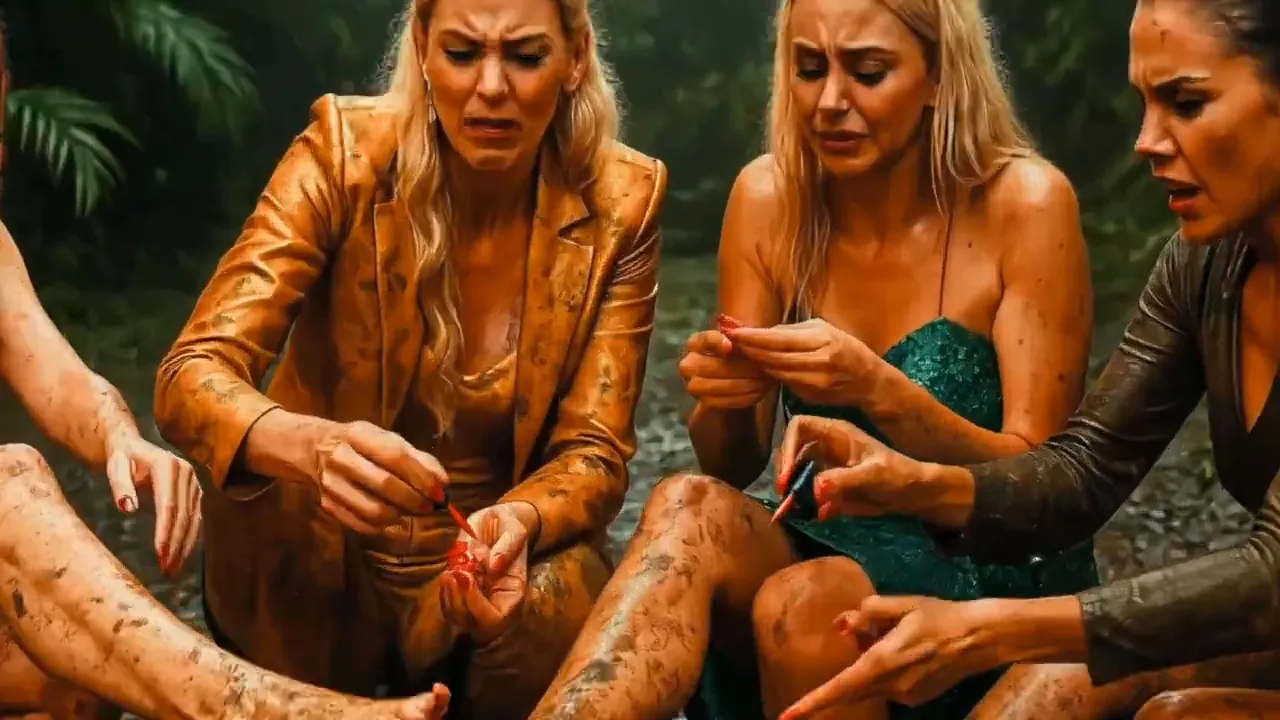
The result is a satire of influencer culture, but it doubles as a lesson in how image, authenticity, and the algorithm interact. Each queen reacts in character. One turns a leaf into an “organic innovation.” Another nearly faints at the smell. One pretends it is spiritual until she snaps. Another weaponizes nail polish. The scene is ridiculous, but the beats are instructive for anyone interested in branding on Reality TV or online platforms.
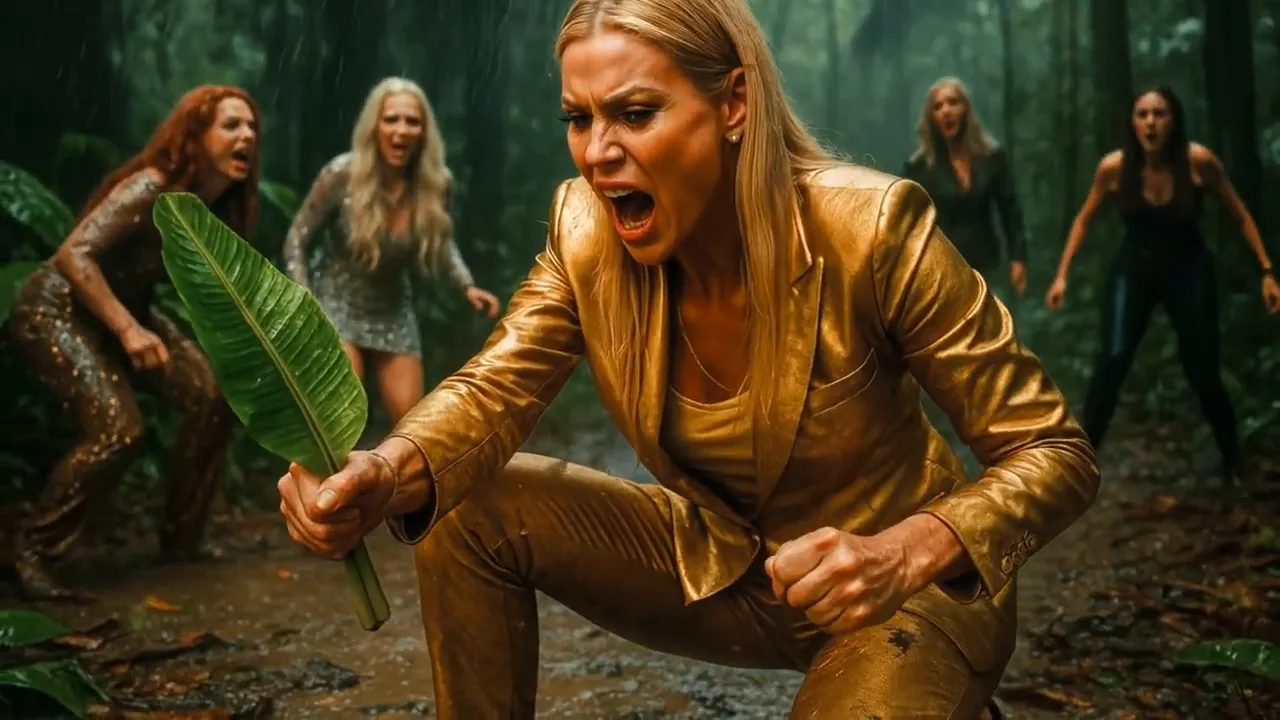
Performance vs. Authenticity: The New Rules of Reality TV Stardom
Reality TV has trained audiences to search for “realness.” But realness on camera is a performance. Modern content creators understand this paradox and exploit it: authenticity is curated. The queens in this scenario oscillate between raw emotion and practiced poise, showing how personas can be performative while still feeling true.
One of the most revealing lines is a refusal to be humbled. The response is not humility; it is reinvention. That is the core of surviving the glare of Reality TV and social platforms. When the world expects vulnerability, some choose to pivot into a new narrative: rebrand the breakdown into a campaign.
Don’t confuse confidence with confession.
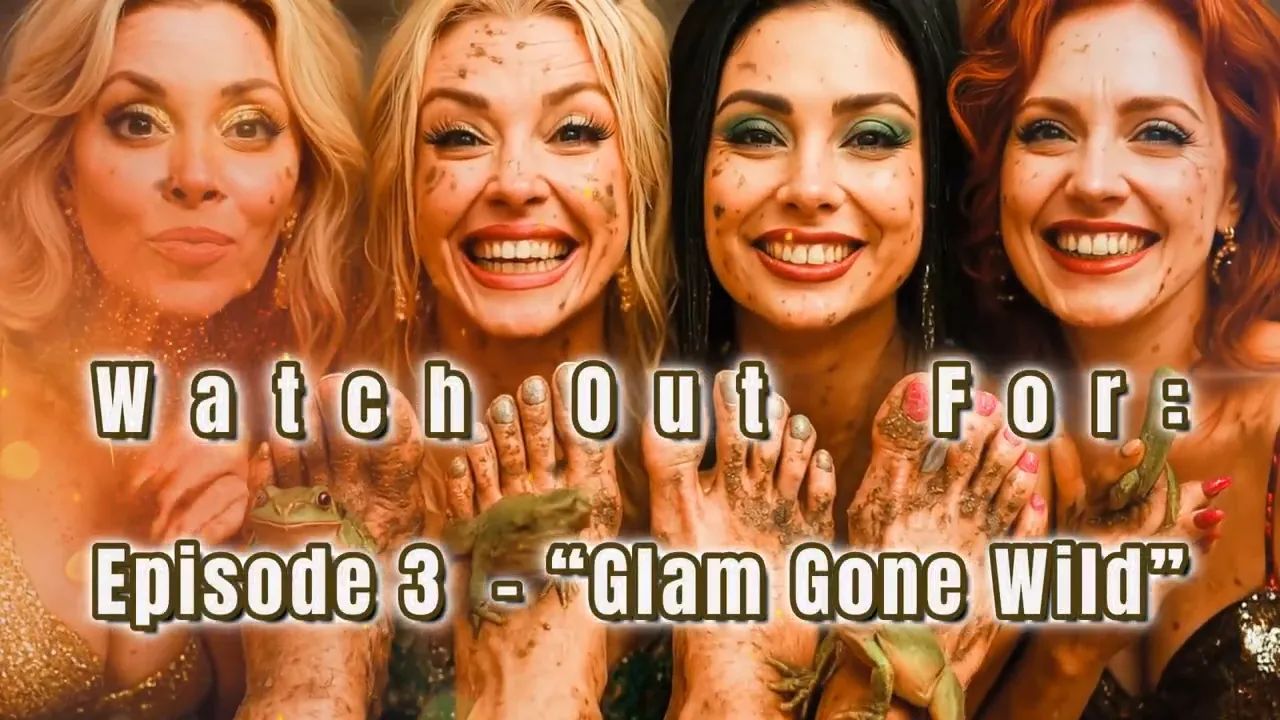
That single sentiment sums up a lot. Confidence on camera becomes a shield and a strategy. Confession would be vulnerability without calculus. In a landscape where a moment can be clipped and monetized, confession is rare because it is risky. Confidence sells. On Reality TV, and across social platforms, audiences learn to value the show of strength even when softness might be more human.
How that plays out in a mud pedicure
- Spin it: Transform a gross task into a marketing moment. Call a leaf an “organic tool” and you get applause instead of pity.
- Filter it: Emotion can be amplified or muted. A dramatic gasp becomes content; a faint turns into a storyline.
- Rebrand pain: Highlight reels change the meaning of experience. What looked like humiliation becomes “character-building.”
The Algorithm Loves Imperfection: Strategy Hidden as Chaos
There is a striking contradiction: the algorithm rewards both polished content and imperfection. Perfect feeds are aspirational, but perfectly curated feeds lack viral friction. A visible mistake, a meltdown, an awkward moment—these generate replays, commentary, debate. In the mud pedicure scenario, deliberate messiness becomes strategic.
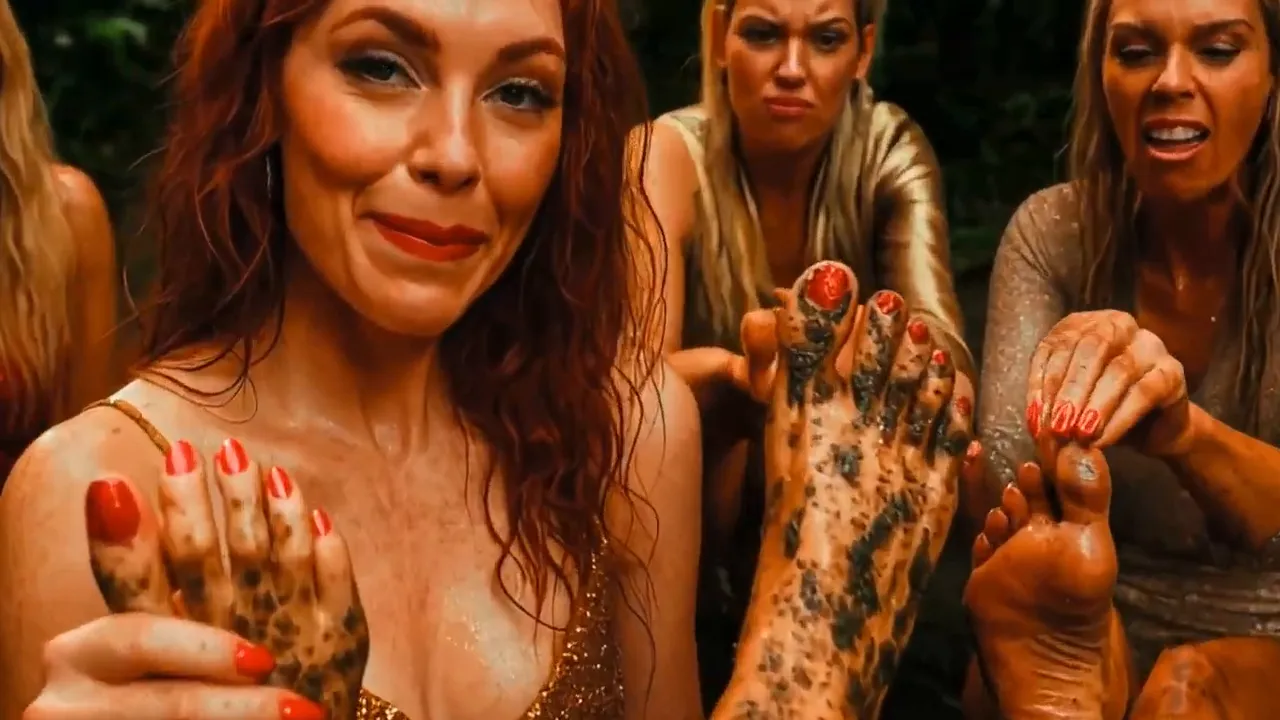
One queen explicitly notes that the algorithm loves imperfection. That admission is revealing: the performative stumble is a growth hack. A staged crisis can produce engagement metrics that a slick tutorial never will. This is one reason Reality TV producers and content creators orchestrate chaos; it is theater that translates directly into attention.
Four ways Reality TV outfits imperfection for reward
- Plant a micro-conflict that is personal but non-destructive.
- Give each personality a clear role so audiences can pick sides.
- Edit for contrast: show polished setups next to messy outcomes.
- Use social platforms to extend the narrative; clips that hint at more become hooks.
Persona as Product: The Glam Apocalypse Playbook
“Lipstick anarchist.” “Marketing pitch.” “Glam apocalypse.” Those phrases read like branding briefs. In short segments of chaos, distinct personas crystallize: the marketer who monetizes suffering, the aesthetic perfectionist who filters pain into beauty, the spiritual performer who sells calm, and the chaos agent who weaponizes glamour. Reality TV thrives on these archetypes because they make stories easy to sell.

For creators and producers, this teaches a simple lesson: persona clarity makes for contagious narratives. If you can describe a character in five words, audiences can place them in a team, a meme, and a hashtag. That viral shorthand is one of Reality TV’s most powerful engines.
Persona checklist for content that sticks
- Define the quirk: What single trait will people mimic in comments?
- Amplify the contrast: Put this trait against a conflicting situation.
- Turn it visual: Make the trait recognizable in a single frame.
- Make it repeatable: Give the audience a line or a gesture to repeat.
Comedy as Critique: Satire Does Heavy Lifting
The mud pedicure is absurdist comedy, but it has teeth. Comedy in this mode is not just for laughs; it is critique. Using humor to magnify the ridiculousness of influencer rituals invites audiences to think critically about what is being packaged and sold. That meta-level is why satire works so well in Reality TV contexts: it entertains and instructs simultaneously.
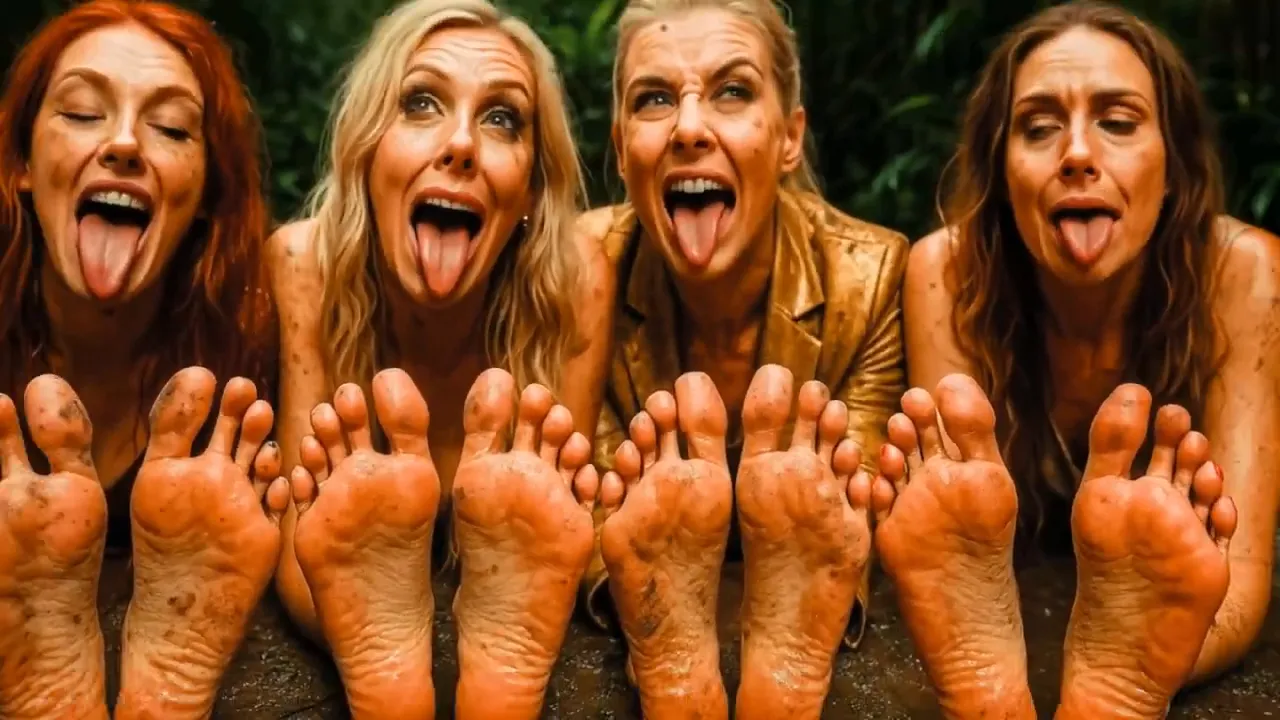
When glamour is placed in an environment that does not support it—like a muddy woodland—it exposes the fragility of curated identities. The humor emerges from the mismatch but also from recognition. Audiences see themselves in the attempt to make anything marketable and laugh at their own complicity.
Designing Better Challenges: Lessons for Producers and Creators
Not every challenge needs to be mean. The best Reality TV moments combine discomfort with dignity, conflict with compassion. The mud pedicure is intentionally humiliating, but it can also serve deeper storytelling goals if approached thoughtfully.
Principles for humane, compelling Reality TV challenges
- Preserve agency: Give participants choices rather than forcing humiliation without recourse.
- Protect dignity: Even in satire, allow moments of mastery and recovery.
- Highlight growth: Frame messy experiences as opportunities for reinvention, not just spectacle.
- Balance stakes: Make failure meaningful but not career-ending.
Applying these principles creates content that is both watchable and ethically defensible. It also produces richer character arcs for the individuals involved, which leads to more durable fan investment—something both Reality TV producers and creators value.
Marketing Takeaways: How to Monetize Mess Without Becoming the Mess
Turning chaos into currency requires finesse. The queens in the mud pedicure example demonstrate techniques any creator can use to monetize high-drama moments without losing control of their brand.
- Pre-frame the narrative: Drop a line that reinterprets discomfort as innovation. It reduces humiliation and positions the creator as a thought leader.
- Control the edit: Clip the highlight reel so the audience sees resilience first and meltdown second.
- Own the language: Rename the experience. Call mud a “detox medium” and the audience will buy the framing.
- Spin-off content: Create tutorials, merch, or catchphrases inspired by the chaos to extend revenue streams.

These tactics are ethical gray areas when misused, but when applied with care, they can transform a humiliating moment into a teachable one. That is a core maneuver on Reality TV: reclaiming narrative control and turning a stumble into a signature move.
When the Performance Is Self-Aware: Irony as Armor
Self-awareness can be protective. Performative irony—acting a part while winkingly admitting to the artifice—allows personalities to be both sincere and strategic. The “too glam to camp” attitude is a form of ironic armor. It says, I know this is absurd, and I will profit from that knowledge.
Audiences reward that wink because it feels like inclusion. Being let in on the joke builds intimacy. On Reality TV, that intimacy translates to loyalty and a higher tolerance for staged moments. This is why so many successful creators are simultaneously earnest and campy: they give fans participation in the satire.
How to use irony without losing trust
- Be transparent about staged elements when possible.
- Mix genuine expertise with performative bits.
- Let moments of real emotion surface so irony does not feel manipulative.
Practical Guide: What Creators Can Learn from a Muddy Pedicure
Below are actionable strategies distilled from the scenario that apply directly to creators, producers, and anyone navigating Reality TV style platforms.
- Map your persona: Define your archetype, then test it against uncomfortable situations to see how it holds up.
- Use friction strategically: Design small, staged failures to spark conversation and emotional resonance.
- Leverage editing: A highlight reel can reassign meaning to an experience. Prioritize clips that show resilience.
- Monetize narratives: Turn memorable lines and gestures into merch, hashtags, or micro-episodes.
- Protect the performer: Always include consent and debriefing after intense challenges.

Ethics and Longevity: When Reality TV Crosses a Line
There is a cost to perpetual spectacle. Performers who constantly offer breakdowns risk being reduced to their worst moments. Producers who prioritize short-term virality can undermine long-term trust. The healthiest Reality TV ecosystems balance heat with heart.
Longevity comes from a combination of authenticity, narrative integrity, and mutual respect. If humiliation is the primary mechanism for engagement, both participants and audiences will grow weary. Sustainable success comes from elevating people, even when placing them under pressure.
Questions producers should ask before staging a challenge
- Does this moment create lasting value beyond a single clip?
- Are participants fully briefed on risks and narrative aims?
- Is there a plan to debrief and support the talent afterward?
- Will the content build brand equity or just short-lived buzz?
Branding the Breakdown: Rebranding as Resilience
Finally, consider rebranding the breakdown. The most resilient creators do not hide their messy moments; they translate them. They reclaim the narrative. They say not “I am broken” but “I am remaking.” That shift in language is powerful on Reality TV because it turns vulnerability into strategy.
I’m not breaking. I’m rebranding.

That line is a manifesto for anyone trying to survive public scrutiny. Rebranding the breakdown is an invitation to audience participation. Fans who feel involved in the reconstruction are more likely to stay with a creator through iterations, experiments, and evolutions.
Final Takeaways for Reality TV Creators and Fans
- Reality TV thrives on contrast: The more polished a persona, the more juicy the moment when it cracks.
- Intent matters: Satire that punches up is different from humiliation that punches down.
- Control the narrative: Editing and language can turn embarrassment into a brand moment.
- Protect longevity: Design challenges and content with follow-up support and growth arcs.
- Make it teachable: The best Reality TV moments double as lessons in branding, resilience, or craft.
Parting thought
When glam meets mud, what looks like chaos on the surface is a concentrated lesson in how identity gets built and sold. Reality TV has always been a mirror; sometimes the mirror is flattering, sometimes it is merciless. The clever creator uses that mirror not as a trap but as a toolkit—polishing the shine, owning the mess, and turning both into something that lasts.
Free Music Production Class! |
|
Check out this really cool thing |
| Click me |

